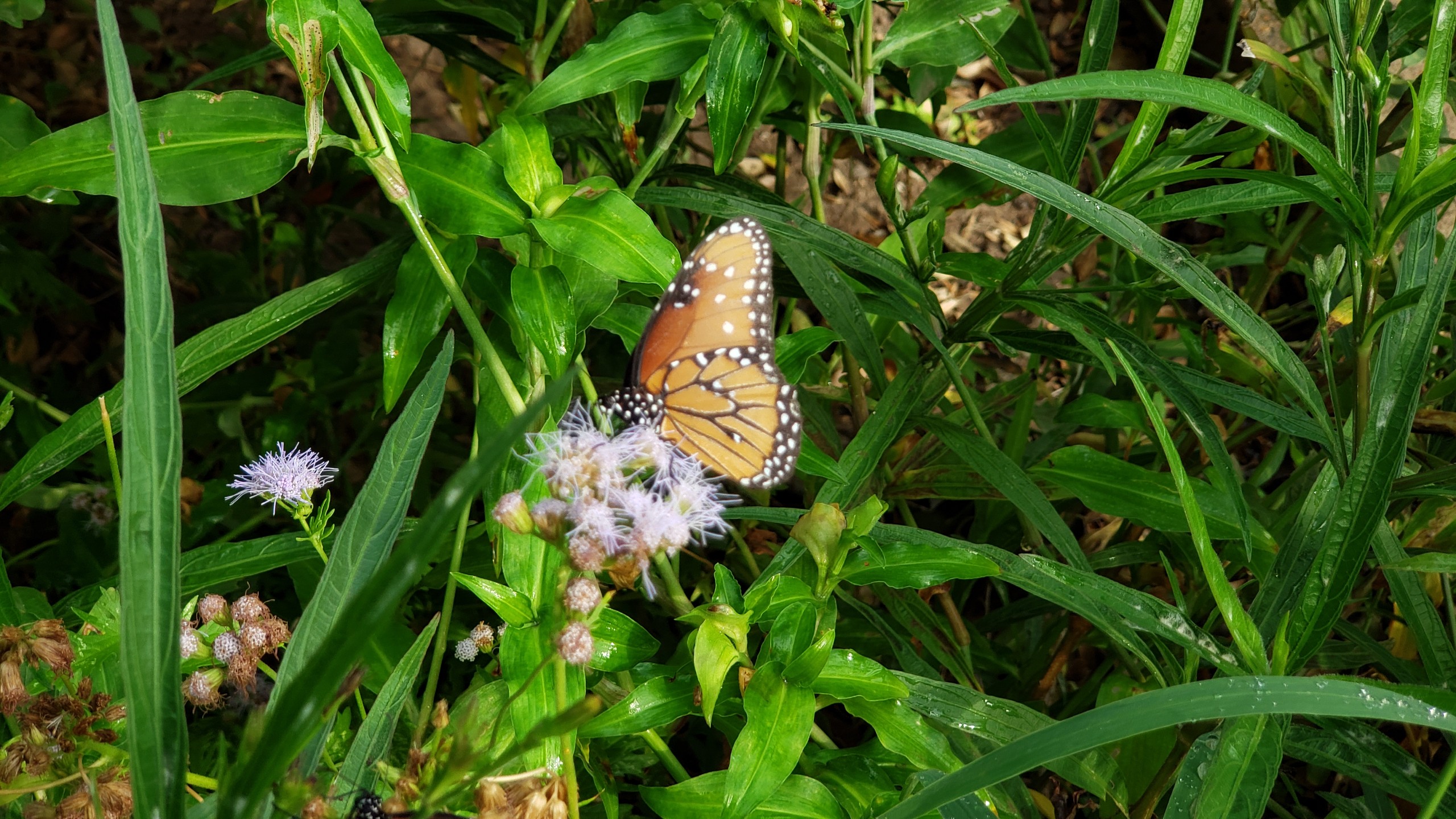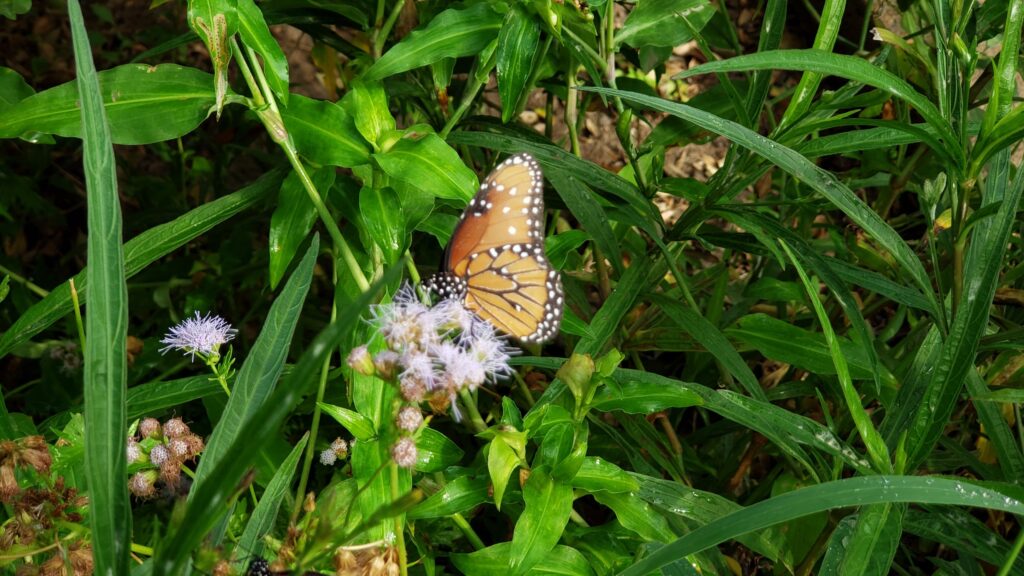

By: Edgar Garcia
Monarch butterflies have started to appear in South Texas on their annual migration away from colder climates, but the threats they face on their way south could endanger the insects.
Every year starting in October, the average Texan could look outside, and catch a glimpse of the monarch butterfly migrating from around the Canadian-United States border, through South Texas and ultimately ending up at their final destination, Mexico.
Of the few invertebrates that migrate at all, the monarch butterflies come through South Texas, for the winter and return back north laying eggs, eating nectar and dying along the way, only for their offspring to continue the journey.
Biology Associate Professor Matthew Terry Ph.D. explained why the butterflies migrate from the north, past the southern border.
“To some extent in general, it’s to maximize their ability [to] survive and reproduce. So this group of organism[s] that [are]migrating has done that as an adaptation almost always to changing environment,” said Terry.
According to Terry, this is a natural phenomenon that happens every year.
Unlike other insects, monarch butterflies do not fear their predators, but the lack of resources and shelter.
Associate Professor of Neuroscience and pollination expert Julie Mustard Ph.D. said the most pressing concern on their trip would be their food supply among other things.
“Things that are going to impact the presence of milkweed for example, is essential for the monarchs,” said Mustard.
Milkweed is the plant that monarchs eat as caterpillars and where they lay their offspring. However, the plant is becoming less and less abundant.
“So farmers have cut down [milkweed]. They don’t want any plants competing with their crops,” said Mustard. “…They have all these techniques for getting rid of any unwanted plants and that means things like milkweed and flowering plants that are considered weeds have been significantly reduced.”
In July 2022, the monarch butterfly was placed on the endangered list, having spent the previous year declining in numbers, according to the International Union for Conservation of Nature.
In 2024, monarch butterflies will officially be granted protection by the federal government. While some data has shown that the migratory butterfly displayed better wintering numbers in early 2022, it is still in an uncertain position for them.
When asked what we can do to assist the butterfly in its continued existence, Mustard had this to say.
“Number one, don’t use pesticides”, said Mustard. “Reducing pesticide use is the number one thing we can do to help our pollinators, monarchs included. It’s taking a big toll on them.”
Mustard also recommended using local plants to assist them with their food sources,such as milkweeds and the native to South Texas, Zizotes. This will not only help the migrating monarchs but also the local butterfly population.
This is Edgar Garcia for Vaquero Radio.



